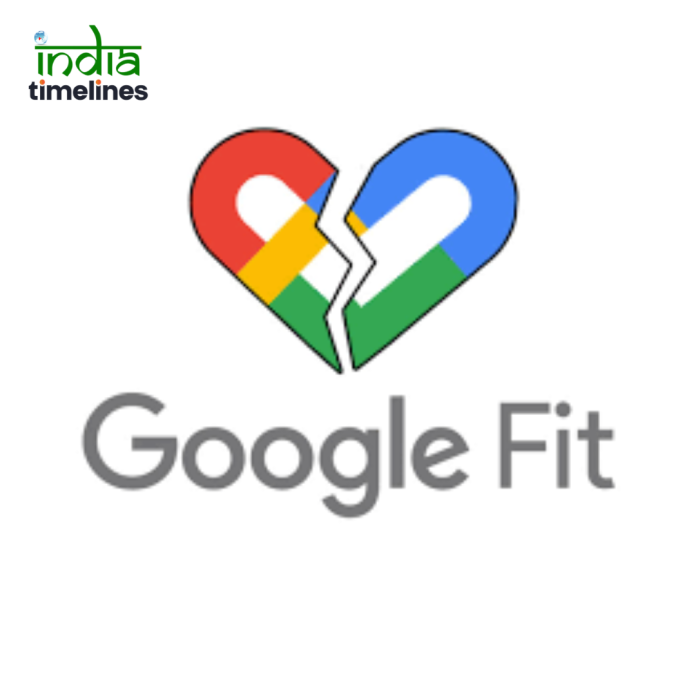
-
Introduction to Google Fit API Shutdown
In a move that has stirred the tech community, Google recently announced the discontinuation of its Fit API. This decision, while not entirely unexpected, has significant implications for both developers and users of fitness devices.
-
Impact on Fitness Devices
Immediate Effects
The immediate impact of the Google Fit API shutdown is felt by developers who have integrated the API into their fitness applications. With the API being deprecated, these apps face functionality issues and potential disruptions in service.
Long-term Implications
Beyond the immediate disruptions, the long-term implications are more profound. Fitness devices relying on the Google Fit API for data synchronization and tracking may face compatibility issues and eventually become obsolete.
-
Alternatives for Developers
Developers now find themselves at a crossroads, needing to explore alternative solutions to ensure the continued functionality of their apps. This might involve migrating to alternative fitness APIs or developing proprietary solutions.
-
Transitioning Strategies for Users
For users of fitness devices linked to the Google Fit API, transitioning to alternative platforms or devices becomes a pressing concern. Understanding the steps required for a seamless transition is essential to avoid data loss and disruption to their fitness routines.
-
Importance of API Stability
The Google Fit API shutdown highlights the importance of API stability in the tech ecosystem. Developers and users alike rely on these interfaces for seamless integration and functionality, and sudden changes can have far-reaching consequences.
-
Future of Fitness Tracking
While the closure of the Google Fit API presents challenges, it also opens doors for innovation in the fitness tracking industry. Developers may seize this opportunity to create more robust, flexible, and user-centric solutions.
-
Potential Solutions for Seamless Integration
As developers and users navigate the aftermath of the Google Fit API shutdown, exploring potential solutions for seamless integration becomes paramount. This could involve collaboration between developers, device manufacturers, and platform providers.
-
User Concerns and FAQs
Will my current fitness device stop working?
While your current fitness device may continue to function, its integration with third-party apps reliant on the Google Fit API may be compromised.
How will this affect third-party fitness apps?
Third-party fitness apps that depend on the Google Fit API for data synchronization and tracking will need to find alternative solutions or risk losing functionality.
Can I still access my historical fitness data?
Access to historical fitness data may be affected depending on how developers choose to handle the transition away from the Google Fit API. It’s advisable to back up important data to ensure it’s not lost.
What steps should developers take to adapt?
Developers should promptly explore alternative APIs or develop proprietary solutions to ensure the continued functionality of their fitness apps.
What are Google’s reasons for shutting down the Fit API?
Google’s decision to shut down the Fit API is likely motivated by strategic considerations, though specific reasons have not been publicly disclosed.
- Conclusion
The Google Fit API shutdown underscores the importance of API stability and highlights the challenges inherent in tech ecosystems. While the immediate impact may be disruptive, it also presents opportunities for innovation and collaboration within the fitness tracking industry.

































